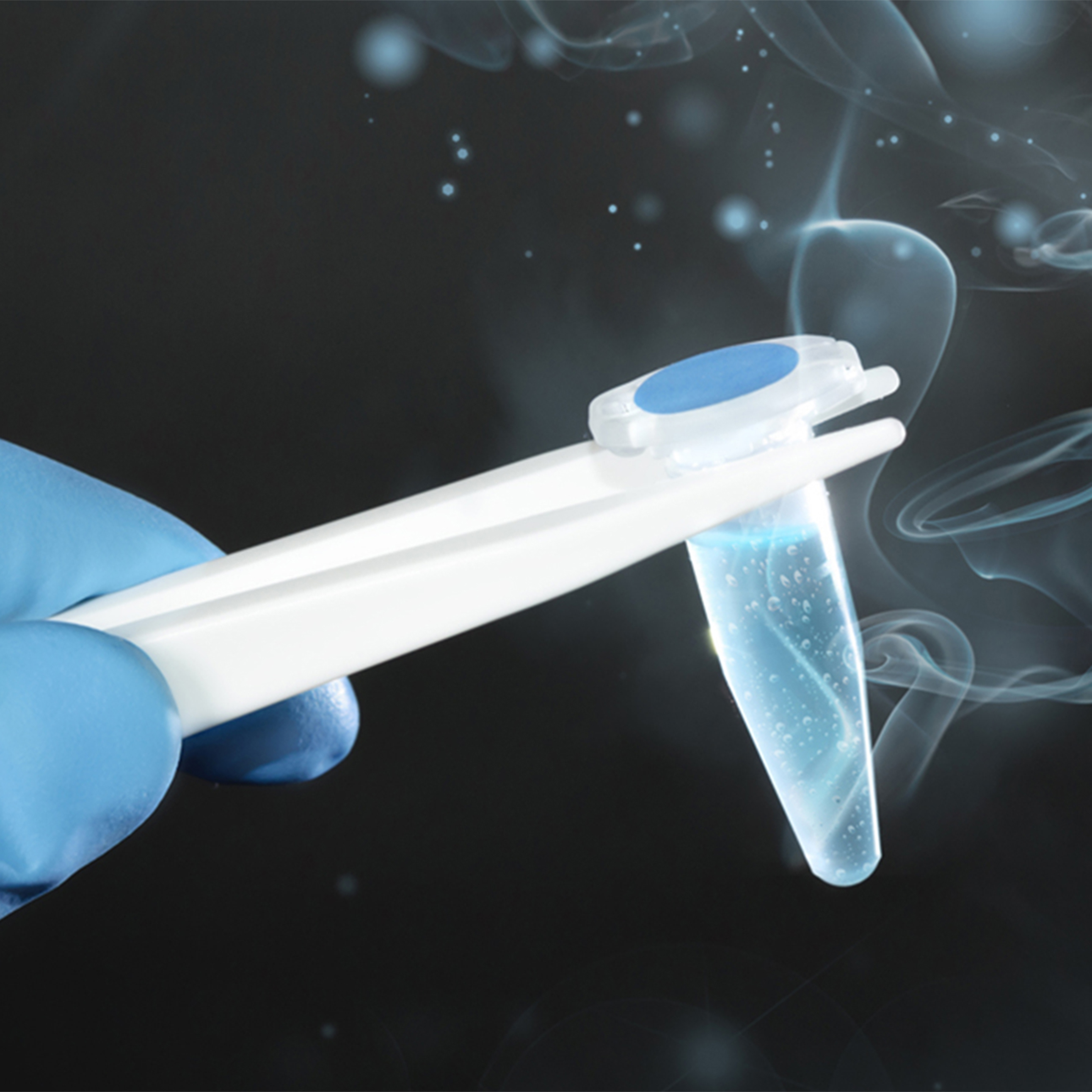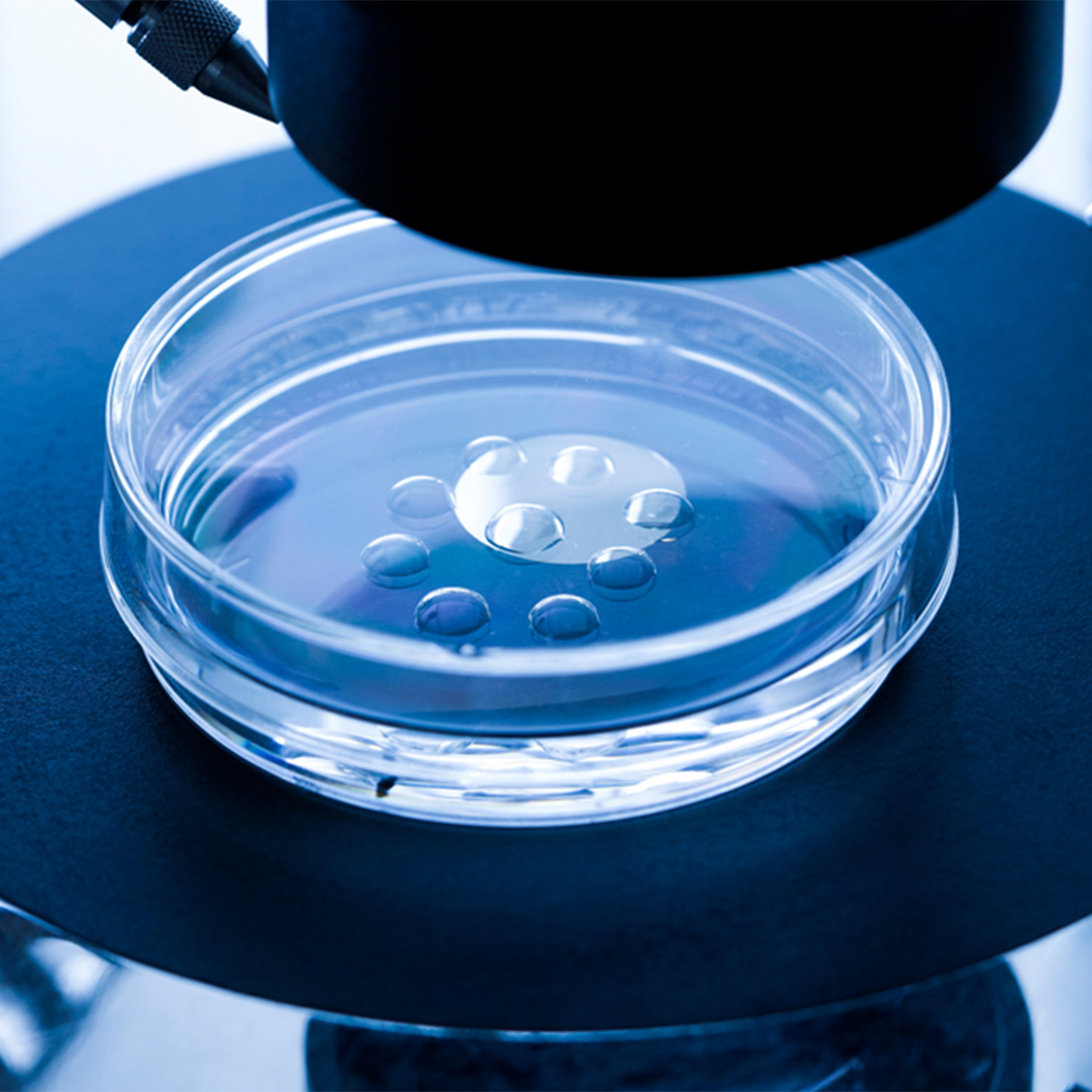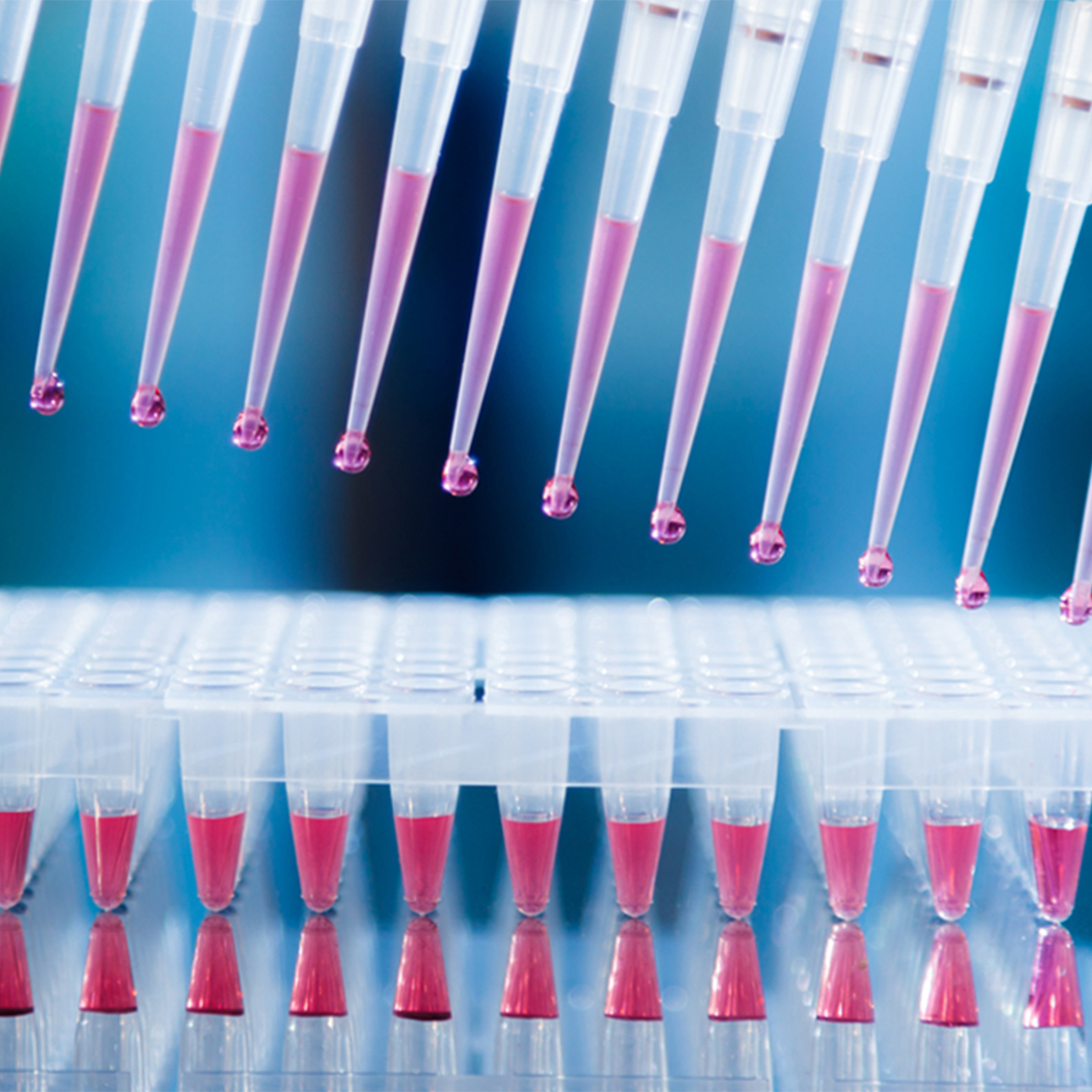
Infertility in Men
Treatments
Any fertility treatment may be expected to have an effect on semen quality roughly three months after it is started, as this is the length of time required for a single cycle of spermatogenesis, or sperm production. If neither surgical nor medical therapy is appropriate, assisted reproductive technologies are possible.
In choosing a treatment plan, consideration should be given to each couple's long-term goals, financial constraints, and the results of the female partner's evaluation in addition to male factor findings.
Specific therapy
The most successful medical therapy for male infertility involves reversing chemical, infectious or endocrine imbalances. This is called specific therapy, and it is usually successful because treatment is based on the correction of well-defined problems.
Examples of this include:
- Treatment for acute prostatitis, epididymitis or varicocele
- The replacement of the pituitary hormones — follicle stimulating hormone (FSH) and leutinizing hormone (LH) — for radiation or surgically induced pituitary disease
- The administration of testosterone in men with hypoandrogenic hypogonadism
Empiric therapy
Another kind of treatment, called empiric therapy, attempts to correct rather ill-defined conditions. The use of clomiphene citrate, tamoxifen or ProXeed for low sperm density or motility are examples of this form of therapy.
These treatments often have limited success because the generally intact mechanisms within the body tend to counteract the intended effect. In other words, hormonal treatments based on the principle that "if some hormone is good, then more is better" are destined to failure and should be avoided.
Assisted reproductive technology
Treating specific illnesses may or may not treat the fertility problem. At least 10 percent of infertility problems are due to unknown causes and another 30 percent are due to problems in both the male and female partners.
In addition to medication and surgical infertility treatments to treat specific health conditions in men and women, a new class of treatments — called assisted reproductive technologies, or ART — has been developed. The most common ART is in vitro fertilization, or IVF, but new procedures can enhance the IVF process or address other infertility conditions. These procedures for men include:
- Intracytoplasmic sperm injection (ICSI)
- Vasal aspiration
- Epididymal aspiration
- Testicular sperm extraction
- "Mapping" the failing testes
- Ovum donors and embryo or semen freezing
Intracytoplasmic sperm injection (ICSI)
Intracytoplasmic sperm injection, or ICSI, is a technique developed to help achieve fertilization for couples with severe male factor infertility or couples who have had failure to fertilize in a previous in vitro fertilization attempt. The procedure overcomes many of the barriers to fertilization and allows couples with little hope of achieving successful pregnancy to obtain fertilized embryos.
The procedure was first used at UCSF Medical Center in 1994 and the first successful birth achieved with ICSI assistance was in February 1995. UCSF Medical Center was the first San Francisco Bay Area program to achieve a pregnancy and birth with this "miracle" procedure.
The technique involves very precise maneuvers to pick up a single live sperm and inject it directly into the center of a human egg. The procedure requires that the female partner undergo ovarian stimulation with fertility medications so that several mature eggs develop. These eggs are then suctioned through the vagina, using vaginal ultrasound, and incubated under precise conditions in the embryology laboratory. The semen sample is prepared by spinning the sperm cells through a special medium. This solution separates live sperm from debris and most of the dead sperm. The specialist picks up the single live sperm in a glass needle and injects it directly into the egg.
Through the ICSI procedure, many couples with difficult male factor infertility problems have achieved pregnancy. Fertilization rates of 70 percent to 80 percent of all eggs injected are currently being achieved, and pregnancy rates are comparable to those seen with IVF in couples with no male factor infertility.
Please read FAQ: Intracytoplasmic Sperm Injection for more information about this procedure.
Sperm extraction procedures
Intracytoplasmic sperm injection has revolutionized the treatment of male infertility. The sperm requirement for egg fertilization has dropped from hundreds of thousands for in vitro fertilization (IVF), to one viable sperm required for ICSI when combined with IVF.
This has led to the recent development of aggressive new surgical techniques to provide viable sperm for egg fertilization from men with low or no sperm count. This also has pushed urologists beyond the ejaculate and into the male reproductive tract to find sperm. Presently, sources of sperm in otherwise azoospermic patients, or those with no ejaculated sperm, include the vas deferens, epididymis and testicle, using sperm aspiration techniques in which the sperm is suctioned from the organ.
Sperm aspiration techniques involve the use of minor surgical procedures to collect sperm from organs within the genital tract. These techniques are indicated for men in whom the transport of sperm is not possible because the ductal system that normally carries sperm to the ejaculate is absent, such as with the congenital absence of the vas deferens, or unable to be reconstructed.
Most recently, sperm has been fairly reliably extracted — 60 percent to 70 percent of the time — from the testes of men with sperm production problems of such severity that no sperm is found in the ejaculatory ducts.
It is important to realize, however, that IVF technology is required to achieve a pregnancy with the vast majority of these extraction procedures, and success rates are intimately tied to a complex and complementary program of assisted reproduction for both partners.
Sperm extraction: vasal aspiration
Patients who have congenital or acquired obstruction of the ductal system at the level of the prostate or in the abdominal or pelvic portions of the vas deferens may be candidates for this technique. Patients who have undergone a vasectomy less than five years before also may be candidates.
Vasal aspiration is a brief, same-day operation under local anesthesia. It can be done through a small scrotal incision or through incisionless techniques. Either way, the vas deferens is entered and a syringe is used to suction leaking sperm into a nourishing fluid. More sperm are brought to the opening by gently massaging the epididymis and vas deferens. The recovery period is 24 hours. Aspirated sperm are specially processed and prepared for insemination or IVF.
Of the three extraction procedures, vasal aspiration provides the most "mature" sperm, as they have already passed through the epididymis, where maturation processes occur during normal sperm development. Often, ICSI is not required to achieve a pregnancy. A big benefit of vasal sperm is that it is basically equivalent to ejaculated sperm and thus it can be frozen at the time of surgery to avoid further procedures in the male.
Sperm extraction: epididymal aspiration
Epididymal sperm aspiration can be performed in situations in which the vas deferens is either absent or is scarred from prior surgery, trauma or infection. Sperm are directly collected from a single, isolated epididymal tubule (MESA) or by blind needle puncture (PESA) in much the same manner as the vasal procedure. Depending on the length of the epididymis that is available for aspiration, multiple, separate aspiration attempts can be made from one or both testicles.
When 10 to 20 million sperm are obtained, the sperm are processed for fertilization of the partner's eggs. Epididymal sperm are not as "mature" as sperm that have traversed the entire length of the epididymis and reside in the vas deferens and, as a consequence, epididymal sperm require ICSI to fertilize eggs.
Egg fertilization rates of 60 percent to 80 percent and pregnancy rates of approximately 45 percent to 55 percent have been reported with epididymal sperm. Obviously, the results will vary among individuals because of differences in sperm and egg quality as well as the technical proficiency of the lab. Like vasal sperm, these sperm can be frozen at the time of surgery to eliminate future surgical sperm retrieval procedures.
Sperm extraction: testicular sperm extraction (TESE); testicular sperm aspiration (TESA)
The newest of the aspiration techniques is testicular sperm retrieval. In this procedure, a small amount of testis tissue is taken by biopsy under local anesthesia. It is a breakthrough in that it demonstrates that sperm do not have to "mature" and pass through the epididymis in order to fertilize an egg. Because of their immaturity, however, testicular sperm need ICSI.
Testicular sperm extraction is indicated for patients in whom there is a blockage in the epididymis very near the testis that is either from prior surgery, infection or from birth, or a blockage within the ducts of the testes, called efferent ductules.
It also is used for men with extremely poor sperm production, in which so few sperm are produced that they cannot reach the ejaculate. Pregnancies are now routine in cases of poor sperm production, but there is some concern with the use of this sperm because in most cases the underlying condition causing the poor sperm production is still unknown. Therefore, in these cases, it must be realized that the condition which may have caused the infertility may be transmitted to the progeny.
Recently, even spermatids — round cells that eventually becomes sperm with tails — have been used to achieve pregnancies with ICSI. However, this has raised much speculation and concern about the use of genetic material from a still-evolving germ cell for clinical purposes before the system has been appropriately investigated and its genetic stability examined in animal models. Spermatid injections are currently considered experimental procedures.
One drawback of testis sperm is that is does not freeze as readily as epididymal or vasal sperm, so it is more likely that the male partner will need to undergo repeated procedures for each IVF attempt.
Sperm extraction: "mapping" the failing testes
First proposed in 1997, this concept addressed the issue of how to detect where ICSI-compatible, mature sperm exist within failing or atrophic testes. It was based on prior observations that sperm production can be "patchy" or "focal" within the failing testis. This led to the idea that the more sites that are sampled within the testis to look for sperm, the higher the chances of usable sperm.
Information derived from "mapping" can be used as follows:
- To help infertile couples decide whether or not to proceed to IVF and ICSI
- To locate and find sperm for ICSI within atrophic testes
UCSF Health medical specialists have reviewed this information. It is for educational purposes only and is not intended to replace the advice of your doctor or other health care provider. We encourage you to discuss any questions or concerns you may have with your provider.
Treatments we specialize in
-

Cryopreservation
Embryos are stored at low temperatures and can be thawed later for more opportunities for conception.
Learn more -

Donor Sperm Insemination
Donor sperm can be used with in vitro fertilization (IVF) or intrauterine insemination (IUI).
Learn more -

Intrauterine Insemination (IUI)
The procedure delivers a highly concentrated amount of sperm directly into the uterus to enhance fertility.
Learn more -

In Vitro Fertilization (IVF)
Procedures to achieve IVF pregnancy have become increasingly simpler, safer and more successful than in the past.
Learn more -

Pre-Implantation Genetic Diagnosis
The laboratory procedure is combined with in vitro fertilization to reduce the risk of passing along inherited conditions.
Learn more











